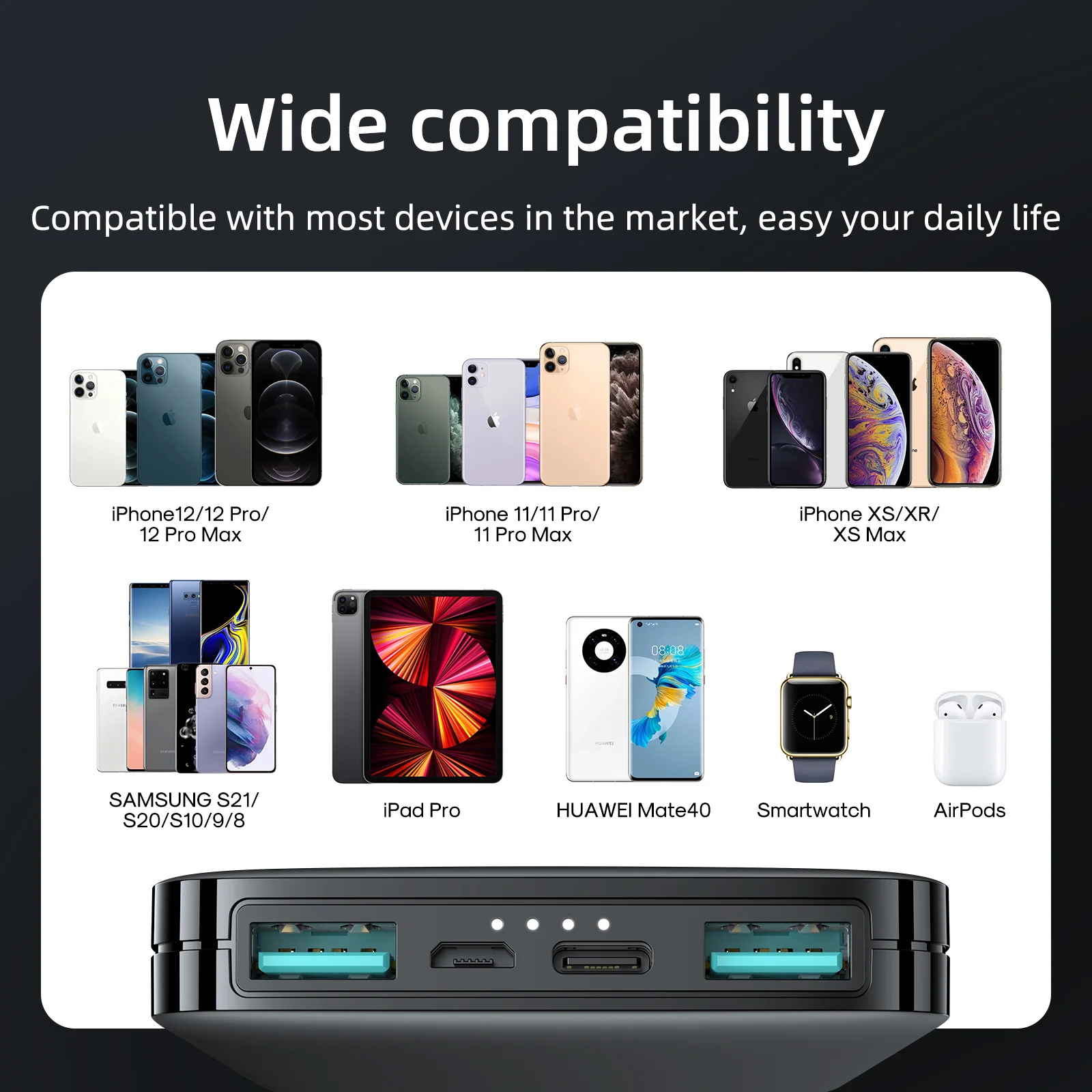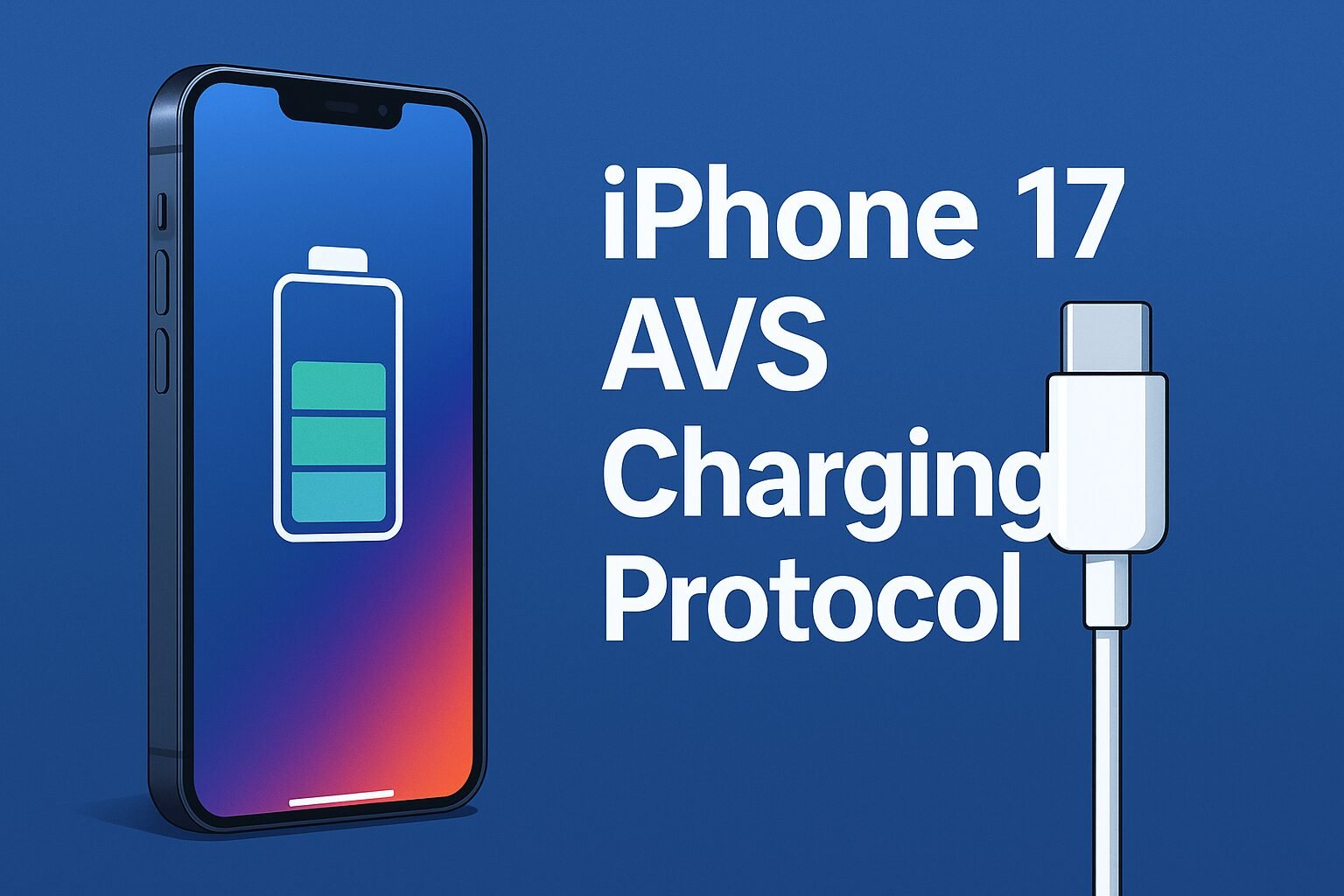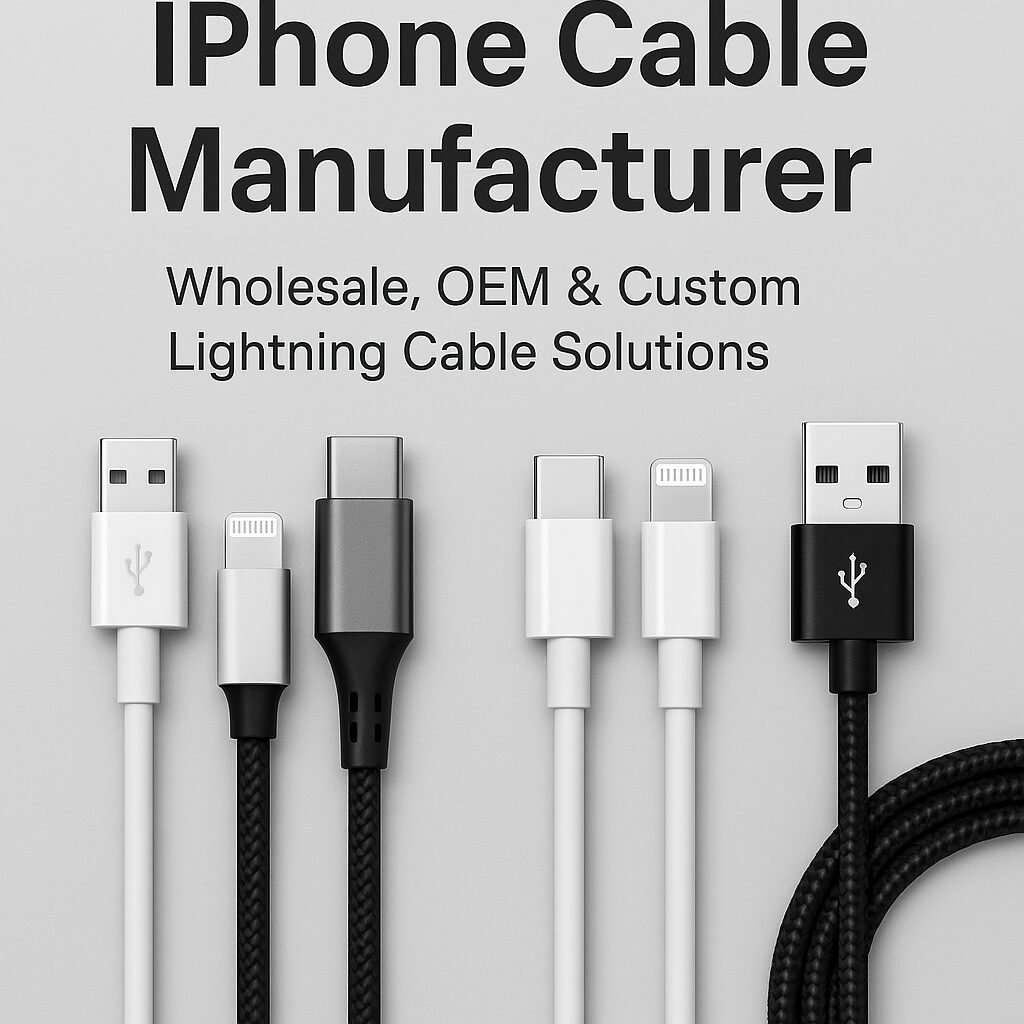- Introduction
- Brief overview of power banks
- Importance in the modern world
- What are Power Banks?
- Definition and basic concept
- History and evolution
- Types of Power Banks
- Different Features
- Standard Power Bank
- Power Bank with Built-in Cable
- Wireless Power Bank
- Qi Wireless Power Bank
- MagSafe Power Bank
- Solar Power Bank
- Different Capacity
- 5000mAh Power Bank
- 10000mAh Power Bank
- 20000mAh Power Bank
- 30000mAh Power Bank
- 40000mAh Power Bank
- 50000mAh Power Bank
- 60000mAh Power Bank
- Different Output Power
- 2A
- PD20W (PPS 22.5W )
- PD60W (PPS 66W)
- PD100W
- Different Functions
- Charging Smartphone
- Charging Tablet
- Charging Laptop
- Different Features
- How Do Power Banks Work?
- Basic functionality
- Charging mechanisms
- Choosing the Right Power Bank
- Capacity requirements
- Portability considerations
- Compatibility with devices
- Power Banks for Different User Needs
- For travelers
- For professionals
- For casual users
- Conclusion
- FAQS
Introduction
In a world where our lives revolve around electronic gadgets, power banks have become indispensable. They are the lifelines that keep our devices charged on the go. But what exactly are these portable chargers, and how do they work? Let’s dive in to understand everything about power banks.
What are Power Banks?
A power bank is a portable battery pack that allows you to charge electronic devices like smartphones, tablets, and laptops without needing a power outlet. They’ve evolved significantly since their inception, becoming more compact, efficient, and feature-packed.
Types of Power Banks
Different Features
Standard Power Bank
These are also known as universal power banks. You can charge them using a USB charger, and you can use them to recharge a variety of different devices. These include phones, earbuds and other smaller devices. They come in a variety of shapes and sizes. Most power banks have some sort of indicator to show the state of charge left in them.
Wireless Power Bank
You don’t require cables to charge your phone or other compatible devices and can charge them using a USB source. But when it comes to recharging other devices from the power bank, you can do it wirelessly. These chargers use the Qi standard, and you can charge most wireless charging devices. However, note that you need a compatible device that supports wireless charging.
Qi Wireless Power Bank
A Qi wireless power bank is a type of portable charger that allows you to charge your devices wirelessly using Qi inductive charging technology. This means you can charge compatible smartphones, earbuds, and other devices by simply placing them on the power bank, without the need for any cables.
MagSafe Wireless Power
MagSafe wireless power refers to Apple’s technology for wireless charging and magnetic accessory attachment, primarily used in their iPhone and accessory lineup. This technology enhances the wireless charging experience through several key features:
- Magnetic Alignment
- Wireless Charging
- Compatibility
- Increased Charging Speed
- Accessory Ecosystem
- Safety and Convenience
If you want to know more about the difference between MagSafe and none MagSafe, you can read this article:What is the Difference Between MagSafe and Non-MagSafe?
Solar Power bank
As the name suggests, these can be charged using solar power. These are only able to trickle-charge the internal battery when placed in sunlight. Since solar-charging is slow and can be subjective to weather conditions, they also have conventional methods to juice up the internal battery. A solar-powered power bank is a good solution for those who want to be environmentally sustainable and save some bucks.
Different Capacity
- 5000mAh Power Bank
- 10000mAh Power Bank
- 20000mAh Power Bank
- 30000mAh Power Bank
- 40000mAh Power Bank
- 50000mAh Power Bank
- 60000mAh Power Bank
Different Output Power
- 2A
- PD20W (PPS 22.5W ): Type C port in the power bank supports power delivery fast charging. Can charge mobile phone and laptop
- PD60W (PPS 66W): Can charge small and average-sized laptops.
- PD100W: Can charge large MacBook models, especially the Pro models
Different Functions
- Charging Smartphone

- Charging Tablet

- Charging Laptop

How Do Power Banks Work?
At their core, power banks store electrical energy which can later be used to charge your devices. They typically recharge via USB or AC adapters and then transfer this stored power through USB outputs to your devices.
How to Choose a Power Bank?
- Assess Your Needs: Consider what devices you need to charge and how often.
- Capacity: Choose a capacity that fits your daily usage.
- Portability vs Power: Larger capacities are usually heavier.
- Output Power: Ensure the power bank can support fast charging if your devices are compatible.
- Additional Features: Such as multiple ports, fast charging, wireless charging, durability, etc.
Power Banks for Different User Needs
Power banks have become essential for keeping our devices charged on the go. Depending on the user’s lifestyle and needs, the choice of power bank can vary significantly. Let’s explore the best power bank options for different user groups:
For Travelers
- High Capacity: Travelers often need to charge multiple devices over extended periods without access to power outlets. Power banks with capacities of 20,000mAh or higher are ideal.
- Durability: Look for rugged designs that can withstand rough handling and possible exposure to elements like dust and water.
- Portability: Despite needing high capacity, the power bank should be reasonably compact and lightweight.
- Solar Charging: For adventurers and campers, a solar power bank can be a great option to recharge the power bank itself using sunlight.
- Multiple Ports: Having more than one charging port allows travelers to charge multiple devices simultaneously.
For Professionals
- Fast Charging: Professionals often need to charge their devices quickly. Look for power banks with PD (Power Delivery) support, offering fast charging capabilities.
- Moderate to High Capacity: A capacity ranging from 10,000mAh to 20,000mAh usually suffices, balancing portability with enough power to last through long meetings or workdays.
- Sleek Design: Aesthetics can be important for professionals. Slim, sleek designs that easily fit into a briefcase or laptop bag are preferable.
- USB-C Ports: For those using modern laptops or smartphones, USB-C ports are essential for compatibility and fast charging.
- Wireless Charging: For convenience, some professionals may prefer power banks with wireless charging capabilities, especially if their devices support it.
For Casual Users
- Low to Moderate Capacity: Casual users typically don’t need very high capacities. Something in the range of 5,000mAh to 10,000mAh is usually sufficient.
- Compact and Lightweight: Since casual users might carry the power bank in a purse or pocket, smaller, lightweight models are ideal.
- Ease of Use: Simple designs with straightforward functionality are best for casual users.
- Budget-Friendly: Casual users might prefer more affordable options, as they likely won’t need advanced features like solar charging or ultra-fast charging.
- Aesthetic Appeal: For some casual users, the look of the power bank can be as important as its functionality, so stylish designs can be a factor.
Conclusion
Selecting the right power bank depends on your specific needs and the devices you need to charge. A balance between capacity, portability, and power output for the best choice.
FAQS
Can I bring a power bank on a plane?
- Yes, but there are capacity limits set by airlines. The IATA is an international aviation organization. It’s established clear rules for flying with power banks. You can take 2 power banks with you on the plane. Together, they can have a capacity of up to 27,000mAh (100Wh).
Are Power Banks a Good Idea?
Yes, power banks are a good idea for several reasons:
- Portability: They provide a convenient way to keep your devices charged while on the go.
- Emergency Backup: They are essential in situations where access to a power outlet is not available, like during travel, power outages, or outdoor activities.
- Versatility: Modern power banks can charge a variety of devices, from smartphones and tablets to cameras and laptops.
- Safety: Quality power banks are designed with safety features to protect your devices from overcharging, overheating, and short circuits.
Is it Okay to Charge a Power Bank Overnight?
Generally, it is safe to charge a power bank overnight due to several reasons:
- Built-in Safety Features: Most modern power banks have mechanisms to prevent overcharging. Once they’re fully charged, they stop drawing power.
- Quality Matters: However, this largely depends on the quality of the power bank. It’s crucial to use a reputable brand with proper safety certifications.
- Recommendation: Despite these safety features, it is advisable to avoid leaving power banks charging unattended for extended periods regularly, as a precaution.
How Many Hours Does It Take for a Power Bank to Fully Charge?
The charging time for a power bank depends on several factors:
- Capacity of the Power Bank: Larger capacity power banks (e.g., 20,000mAh) take longer to charge compared to smaller ones (e.g., 5,000mAh).
- Charging Input of the Power Bank: Some power banks support fast charging input, which significantly reduces charging time.
- Power Source: The output of the charger being used also affects charging time. A charger with higher output will charge a power bank faster.
- Average Charging Time: As a general rule, a standard 10,000mAh power bank might take about 4-6 hours to charge fully with a typical 2A charger. However, with fast charging, this time can be reduced.



